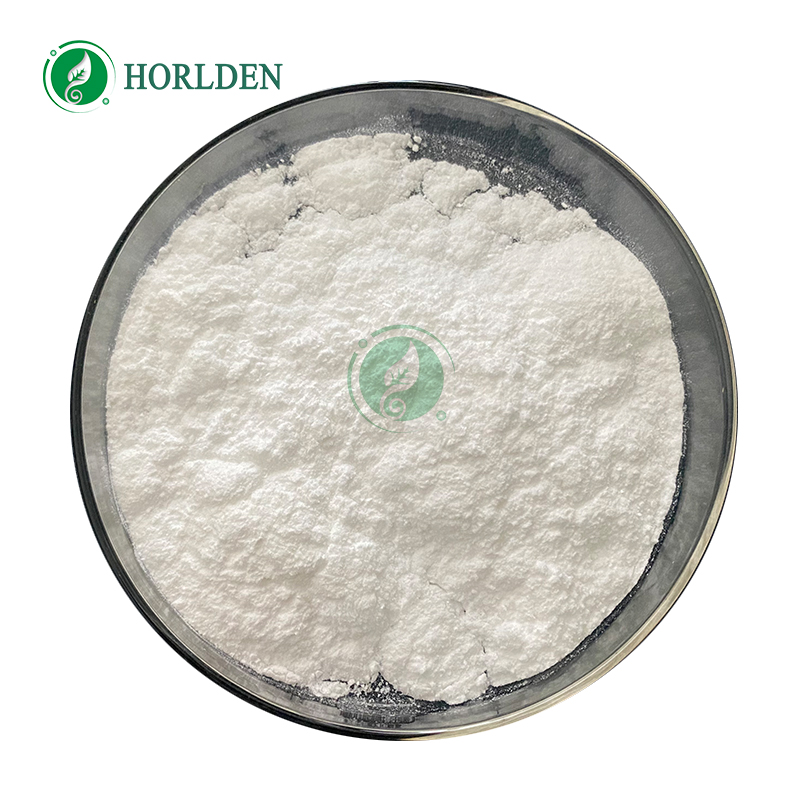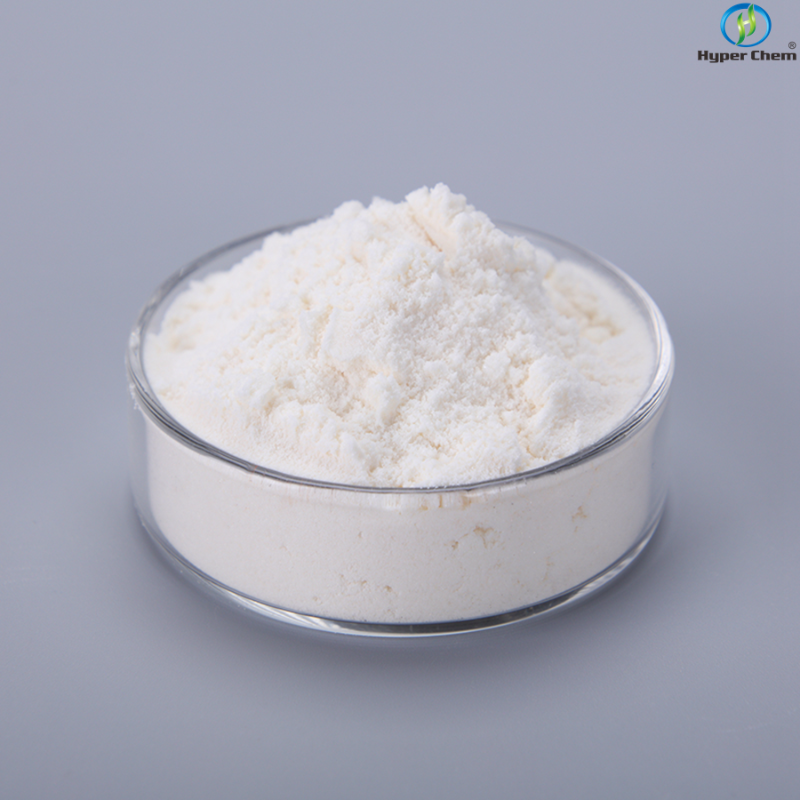-
Categories
-
Pharmaceutical Intermediates
-
Active Pharmaceutical Ingredients
-
Food Additives
- Industrial Coatings
- Agrochemicals
- Dyes and Pigments
- Surfactant
- Flavors and Fragrances
- Chemical Reagents
- Catalyst and Auxiliary
- Natural Products
- Inorganic Chemistry
-
Organic Chemistry
-
Biochemical Engineering
- Analytical Chemistry
-
Cosmetic Ingredient
- Water Treatment Chemical
-
Pharmaceutical Intermediates
Promotion
ECHEMI Mall
Wholesale
Weekly Price
Exhibition
News
-
Trade Service
Sitagliptin phosphate monohydrate is a widely used anti-diabetic drug that belongs to the class of medications known as DPP-4 inhibitors.
The chemical structure of sitagliptin phosphate monohydrate is quite complex, and its synthesis requires several chemical steps.
In this article, we will discuss the various synthetic routes that are used to prepare sitagliptin phosphate monohydrate.
One of the most common methods for the synthesis of sitagliptin phosphate monohydrate involves a three-step process.
The first step involves the synthesis of N-[(3S)-3-(difluoromethyl)-1H-indol-1-yl]-acetamide, which is then converted to N-[(3S)-3-(difluoromethyl)-1H-indol-1-yl]-propanamide in the second step.
The final step involves the conversion of N-[(3S)-3-(difluoromethyl)-1H-indol-1-yl]-propanamide to sitagliptin phosphate monohydrate.
Another synthetic route for sitagliptin phosphate monohydrate involves a two-step process.
The first step involves the synthesis of (S)-1-[(3S)-3-(difluoromethyl)-1H-indol-1-yl]-ethanamine, which is then converted to sitagliptin phosphate monohydrate in the second step using a phosphorylation reaction.
A third synthetic route involves the synthesis of sitagliptin phosphate monohydrate directly from the starting material (S)-1-[(3S)-3-(difluoromethyl)-1H-indol-1-yl]-propanamide.
This synthetic route involves a three-step process, where the first step involves the protection of the primary amine group with a tert-butyl group, followed by a phosphorylation reaction to form the phosphate ester.
The final step involves the removal of the tert-butyl group to reveal the primary amine.
In addition to the above synthetic routes, there are several other methods that have been reported in the literature for the synthesis of sitagliptin phosphate monohydrate.
These include the use of microwave-assisted synthesis, enzymatic synthesis using peptide synthesists, and synthesis using solvent-free conditions.
One of the advantages of the synthetic routes for sitagliptin phosphate monohydrate is that they are relatively straightforward and can be performed using conventional reaction conditions.
The synthesis of sitagliptin phosphate monohydrate has also been found to be scalable, which makes it suitable for large-scale production.
Despite the advantages of the synthetic routes for sitagliptin phosphate monohydrate, there are also some challenges that need to be addressed.
One of the main challenges is the complexity of the chemical structure of sitagliptin phosphate monohydrate, which requires the use of specialized equipment and reagents.
Additionally, the phosphorylation reaction, which is a key step in the synthesis of sitagliptin phosphate monohydrate, can be difficult to perform and may require the use of specialized reagents and conditions.
In conclusion, the synthetic routes for sitagliptin phosphate monohydrate are relatively straightforward and can be performed using conventional reaction conditions.
The synthesis of sitagliptin phosphate monohydrate has also been found to be scalable, which makes it suitable for large-scale production.
However, the complexity of the chemical structure of sitagliptin phosphate monohydrate and the challenges associated with the phosphorylation reaction need to be addressed in order to optimize the synthesis of this important anti-diabetic drug.







